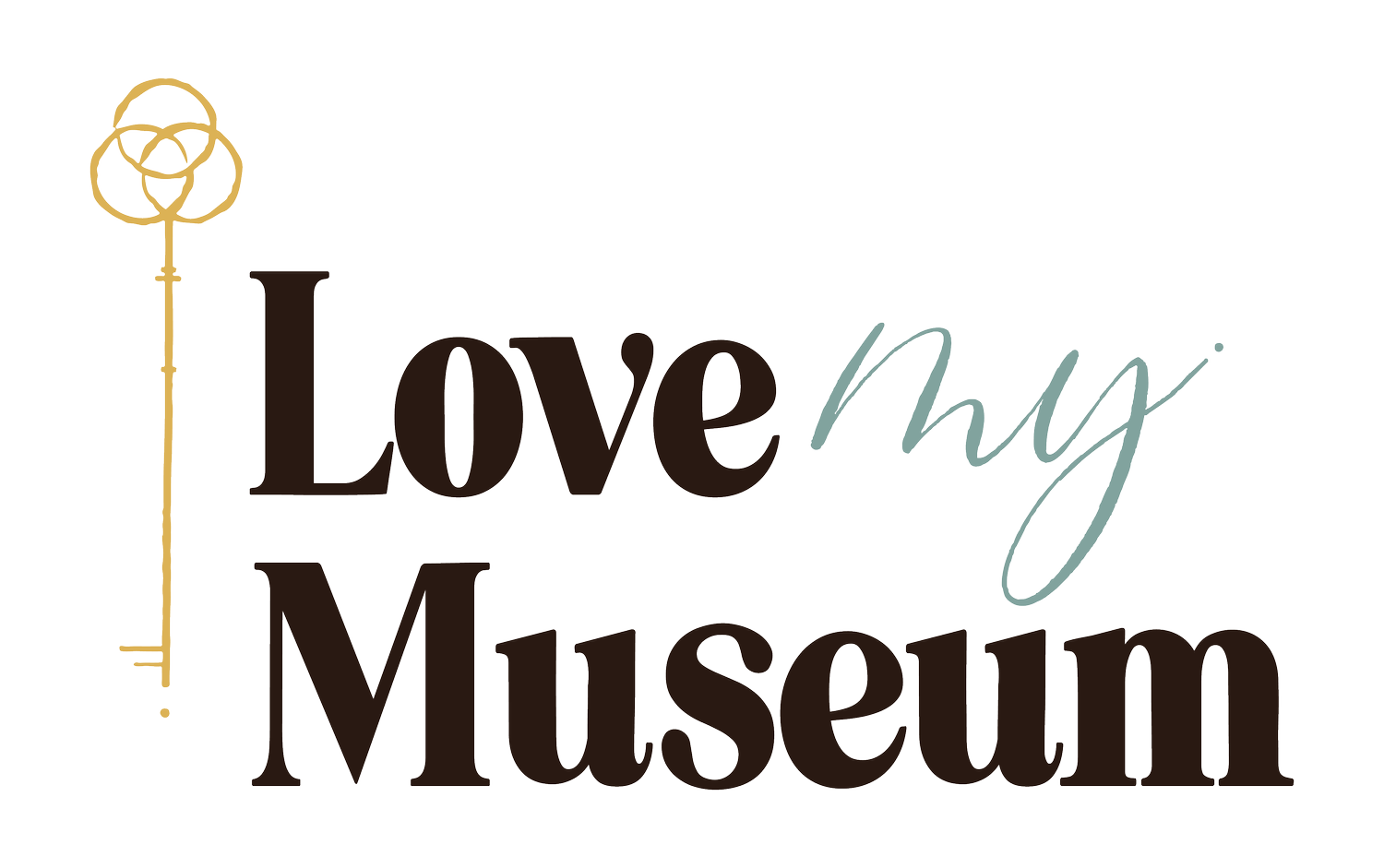In Search of Your Ideal Customer
Today, I’m going to give you a peek behind the scenes. This is a conversation I recently had with my friend, Tacey Atkinson, on her Customer’s First podcast. I thought it would be helpful to share here and here’s the link to the podcast episode if you’d like to listen as well. I think its my favorite episode that we’ve recorded together.
When I started my business in 2000, I would do Public Relations work for whoever asked me. I think a lot of entrepreneurs do this because owning your business is so unpredictable that you get into a mindset of thinking that you need to take whatever comes along because you don’t know when you’ll get the next call.
Then the pandemic happened. All of my favorite clients, the museums, had to shut their doors. I switched to serving online businesses while the museums were closed. I LOVED the people I was working with so much. Many of them reminded me of myself when I started my own business 23 years ago. Not only did I love the people but I really loved how they ran and operated their businesses and I learned so much. I invested in two business coaches during this time and they helped me get my business in tip top shape. I absolutely loved the people I met but I wasn’t loving the work that I was doing. And that’s when I realized that it wasn’t the Public Relations that was my passion…it was the museums. (If you’ve read my PR Story you’re probably not surprised)
So I honed in on my ideal client, changed my messaging so that it was focused on museums, showed them that I knew their problems and pain points, and (to my surprise) I’ve been fully booked with work I love ever since.
Casting a more narrow net can be a bit daunting. But trust me, it works.
Here are my top tips:
Finding your ideal client can take awhile. It took me 20 years to figure it out even though it was right under my nose. Start paying attention to what work you love to do and who you love to work with. Keep a journal for your work!
Once you’ve identified who you love to work with, look at what their common problems and pain points are and how you solve them. Knowing that is the first step to your “one liner.” A one liner is a short phrase, consisting of a couple of sentences, that tells people three things: what problem you solve, how you solve it and how great their life is after you’ve solved their problem.
Some people will say that you need to know your ideal customer’s favorite color, what they order at Starbucks, etc. Sometimes this is important and these are things that a good brand designer might need to pull out for you to design your visual brand but, when it comes to messaging and attracting your ideal client, I’m not sure it really matters. Your ideal client just wants to know if you can help them. That is their question. Can you help me solve the problem I have? That should be the focus of your messaging.
Once you’ve figured out your ideal client do some market research. What are some terms they use?
5. Now, you’re ready to write that one liner. Remember it should include their problem, how you can help, and what the result looks like.
Here’s the hardest part…when someone who is not your ideal client comes to you and asks if they can hire you, you have to say no. I know, it’s really hard. Have faith, it will be ok. Saying no to something means that there is more space for the perfect project or the perfect client. I like to have a few people that I can refer them to, they will really appreciate that and it will make you feel a bit better about saying “no” too.
